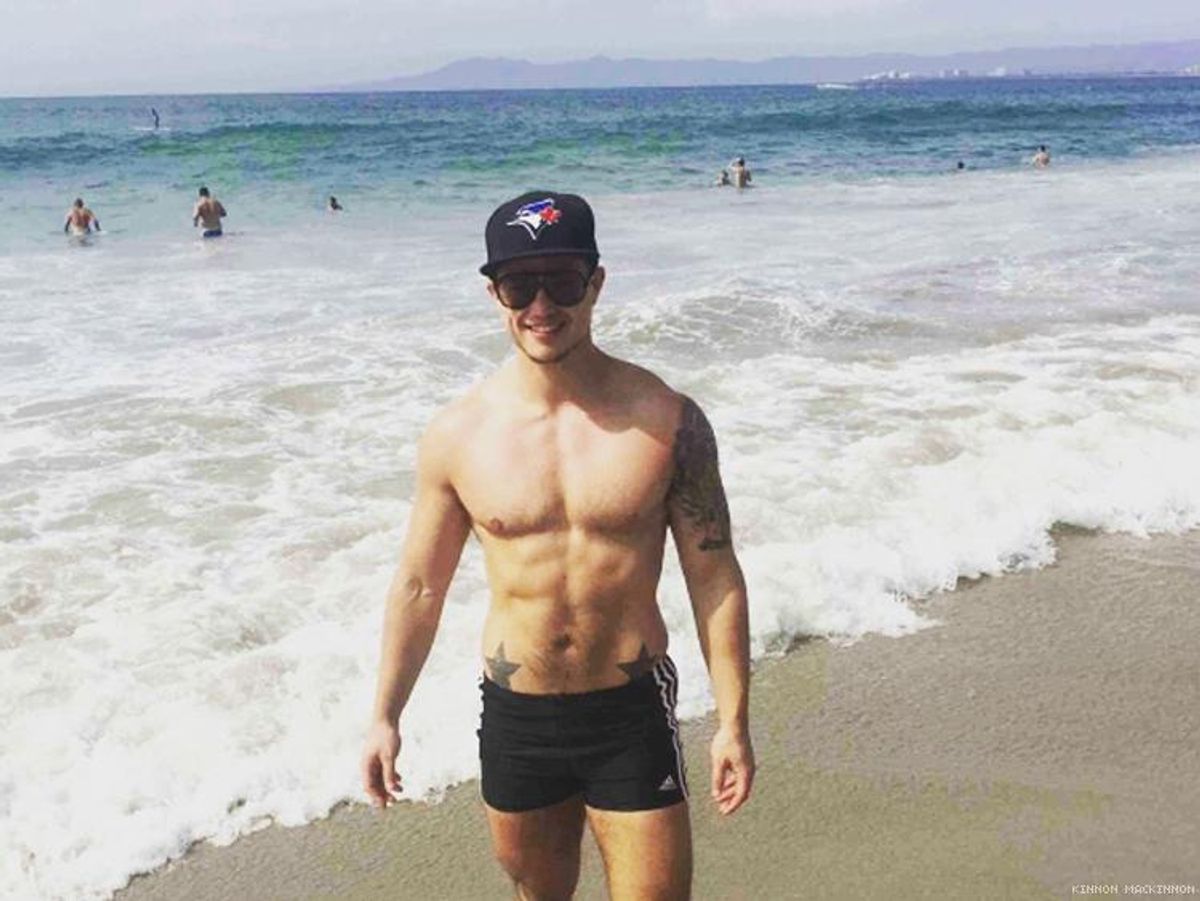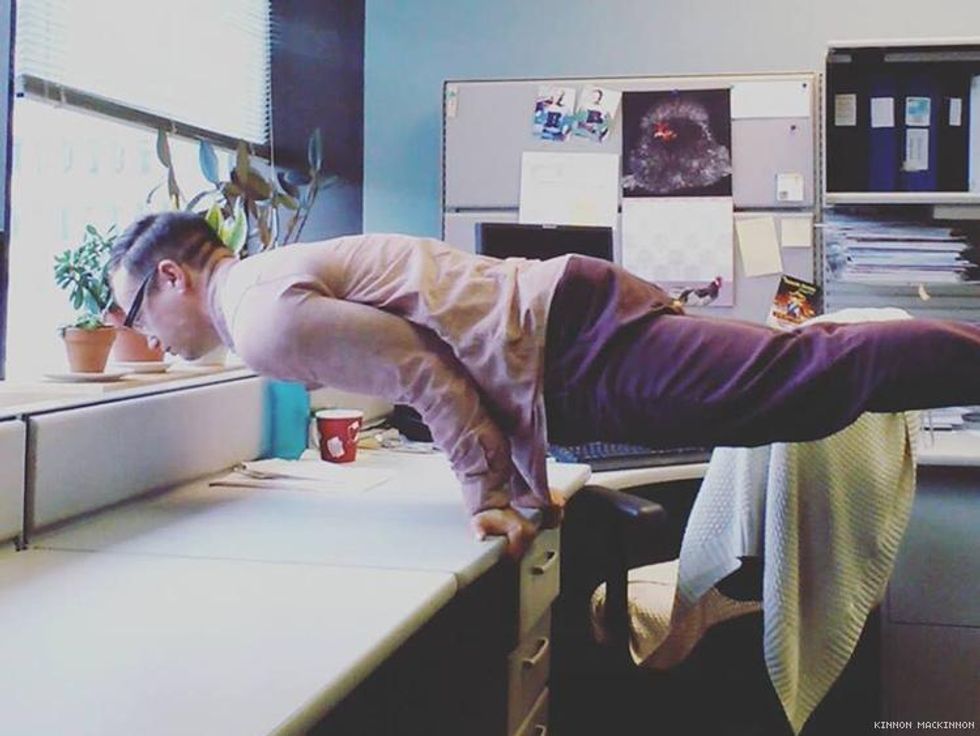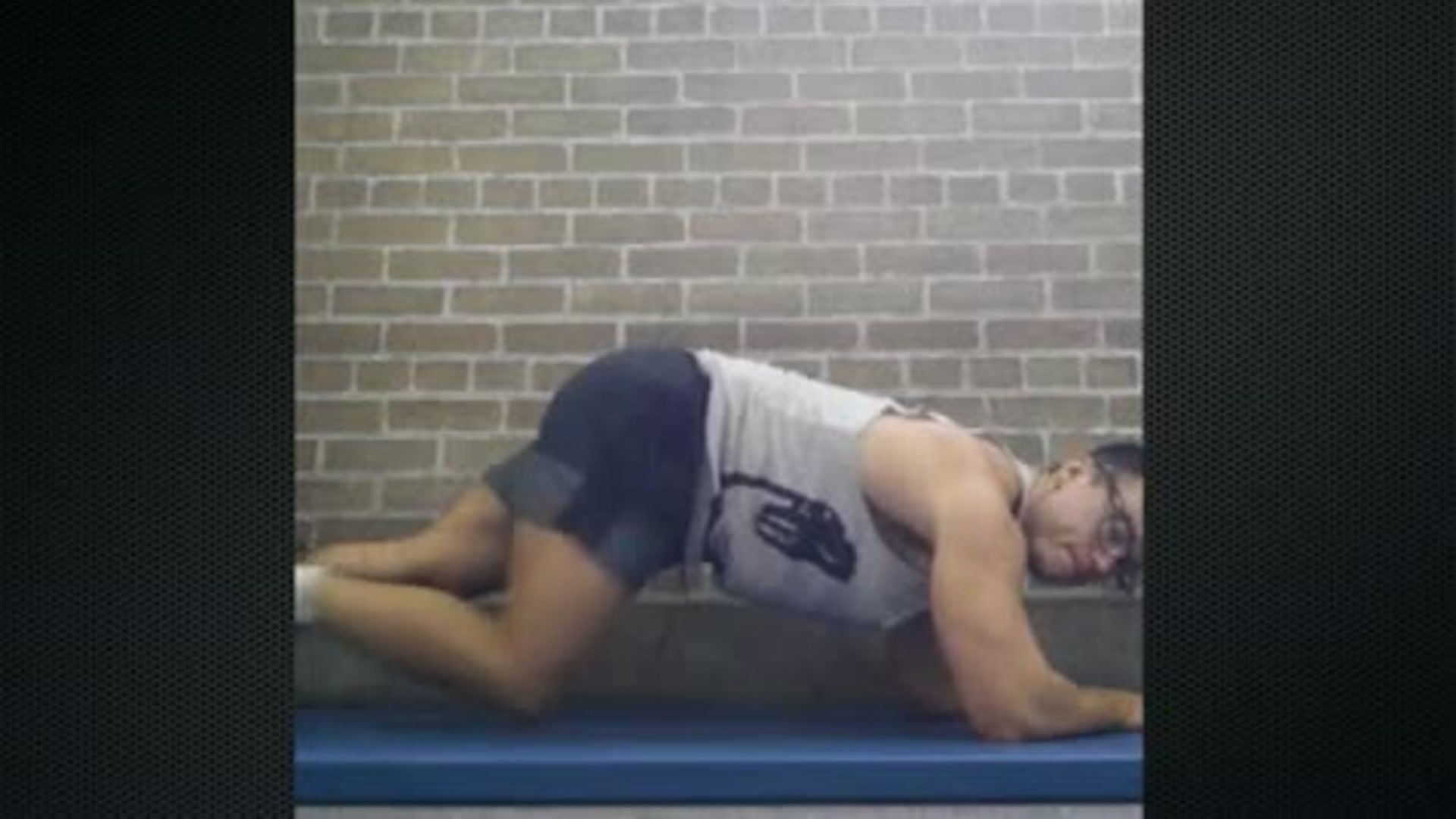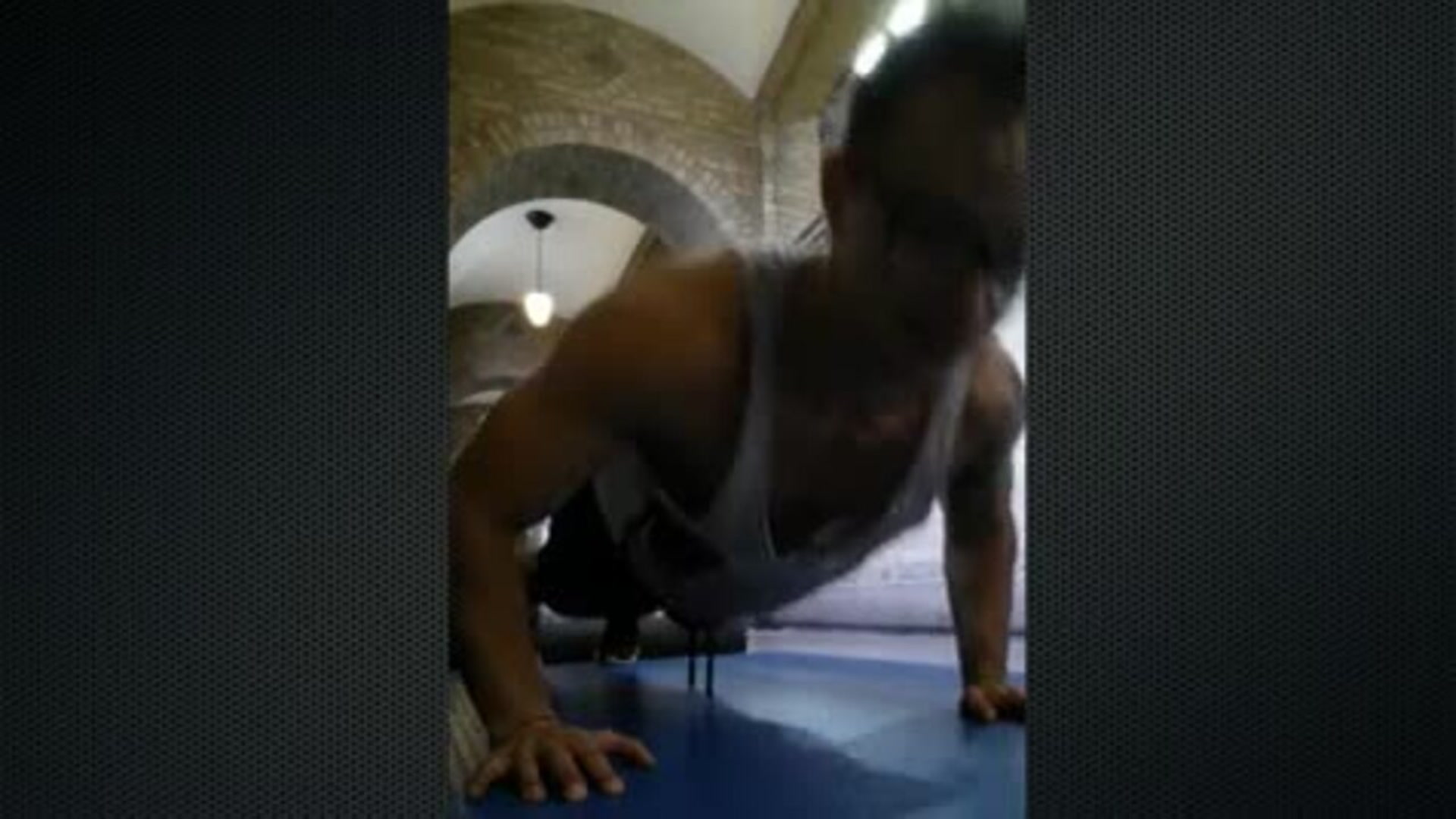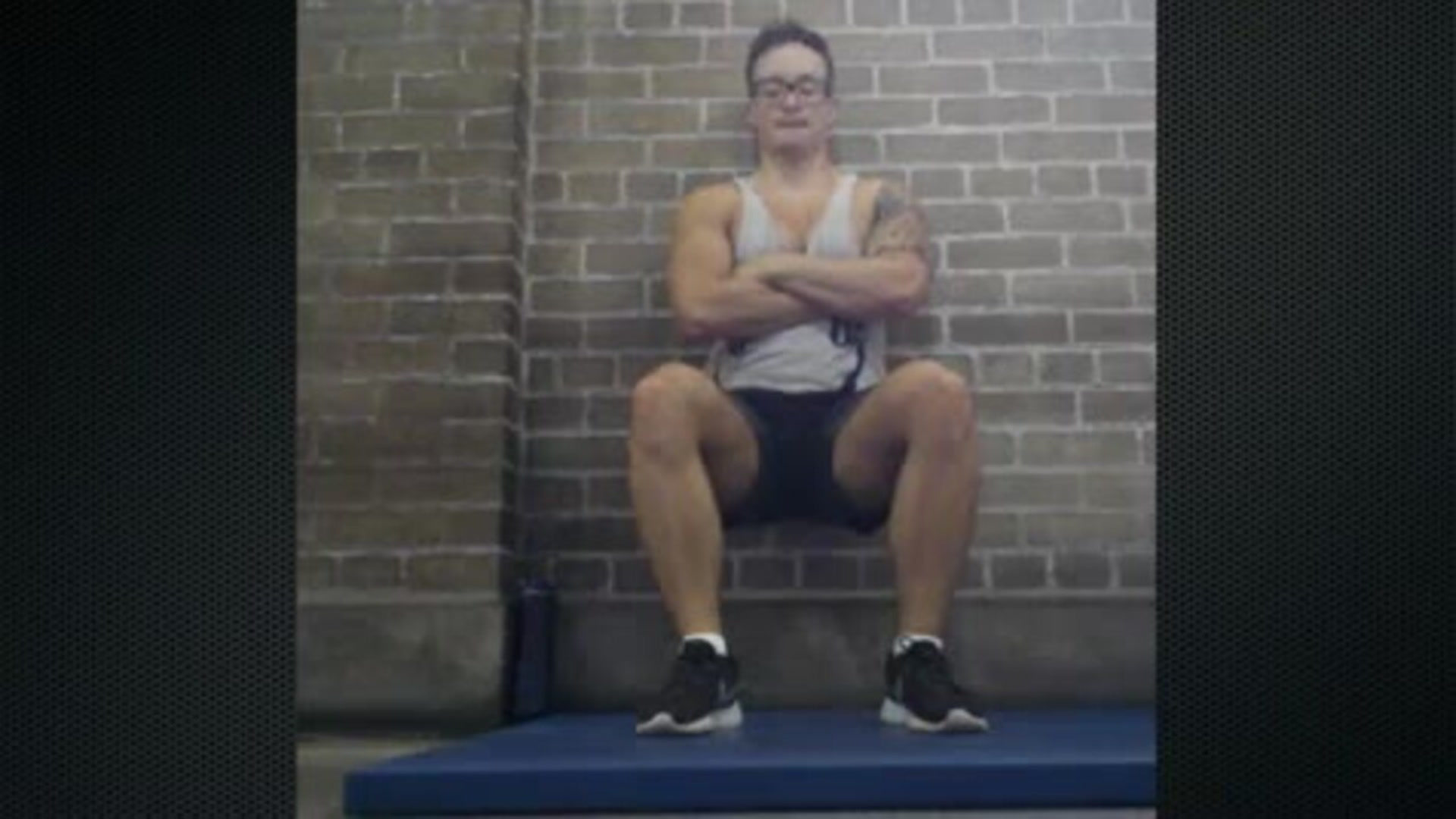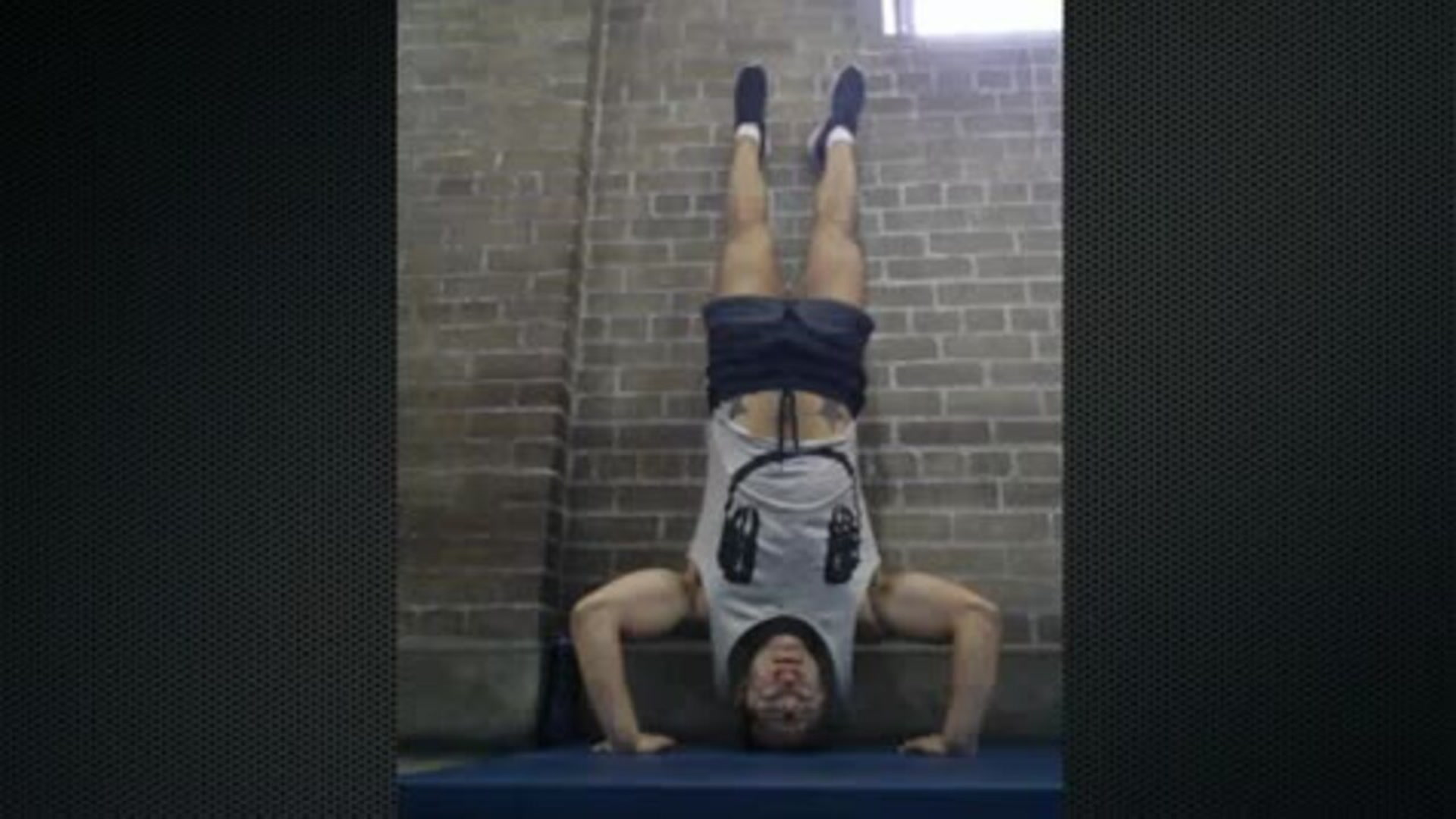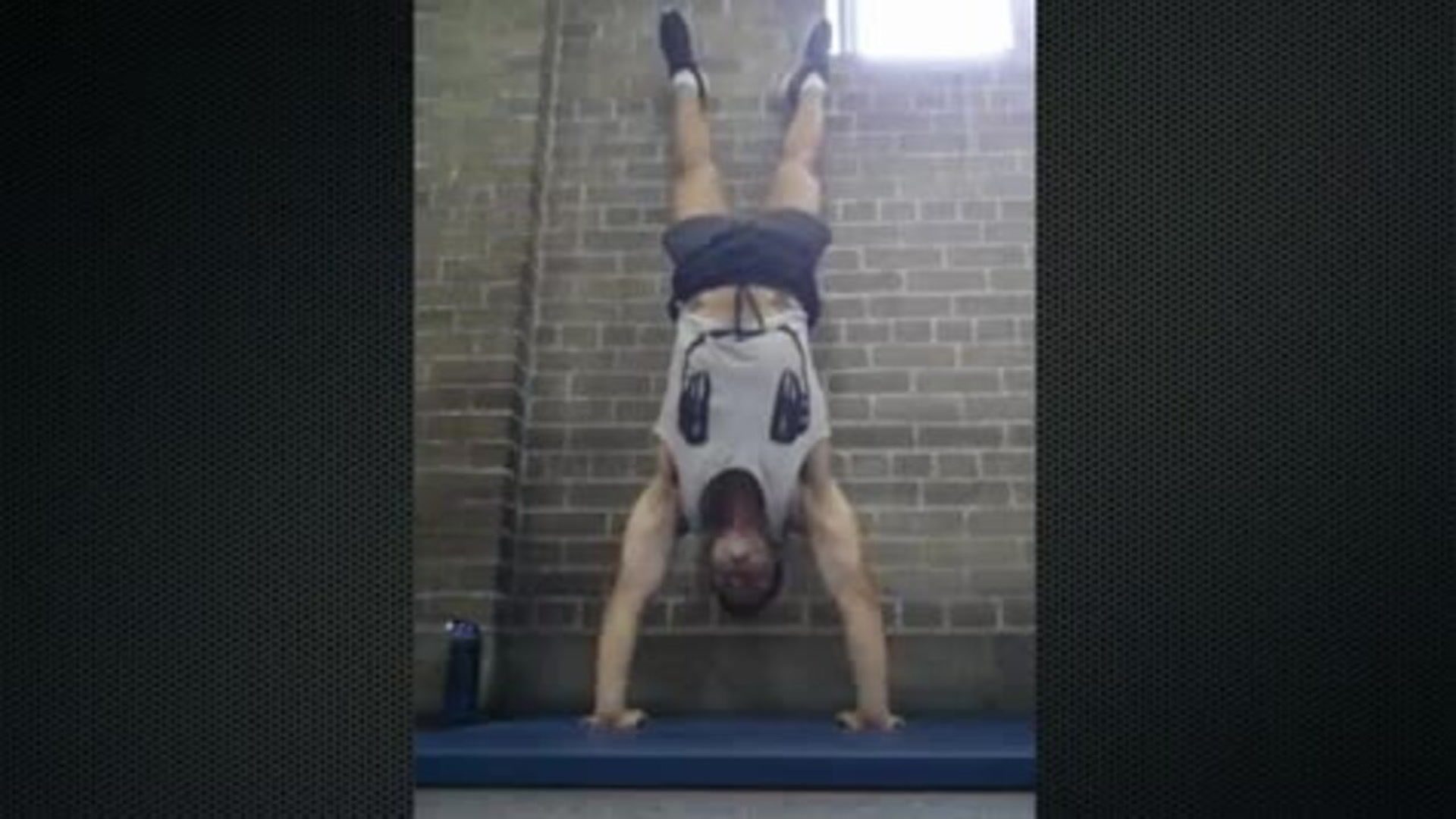Remember those times in gym class when your classmates taunted you because you "throw like a girl?" Or maybe they called you a "butch dyke" because you were good at most sports -- in fact you ran circles around those boys.
Did you ever feel you couldn't go to P.E. because there wasn't a locker room that matched your gender? Or maybe there was, but you thought you might get punched for looking at someone the wrong way. Can you recall feeling like you were on display running from side to side on the basketball courts, wondering if your classmates were scrutinizing your shape or the movements of your body? You may have spent countless hours criticizing yourself, the bitter voice inside your head sneering: "You don't have the right body for this. You're not athletic enough. You'll never be fit. You aren't good enough."
For LGBT people haunted by these particular ghosts of the past, it's no wonder that such awful childhood and adolescent experiences have left many of us unable to develop regular exercise habits. Or join recreational sports leagues. Or simply feel like we belong anywhere near a gym.
As a public health researcher and transgender athlete, I want my LGBT community to get more active. I believe that strength training combined with some kind of cardiovascular exercise is key to maintaining physical health and mental well-being for LGBT people.
Now I want to be clear: When I talk about fitness for LGBT people, I'm not talking about weight loss. This is not about calorie intake versus calories burned. This is not about attaining a perfect body -- and this is not about being the strongest or fastest queer or trans athlete.
We already know that being overweight is not linked to poor health outcomes. And there is growing evidence that body weight is not a very good measurement for health or long-term health outcomes. Physical fitness, on the other hand, does tend to be a good predictor of health.
And there are some important things about LGBT people's health and fitness that we do know.
The Trans Pulse Project study found that 44 percent of trans people don't go to the gym out of fear of being harassed. And 49 percent of lesbian, gay, bisexual, and transgender high school students in Canada reported that they felt unsafe in gym class, according to a 2011 report from EGALE, the Canadian LGBT human rights organization.
But I've experienced first-hand the myriad of benefits that going to the gym, pumping iron, or taking a jog on the "dreadmill" can offer to us, as LGBT people. First off, you're likely to find that establishing a regular exercise routine makes you feel a bit better. It might be just the dedicated "me-time" you need to help clear your mind and de-stress from a day. Doing strength training and cardio a few times per week can improve your mood and mental health.

Personally, I find lifting weights to be meditative. For me, it's actually even more meditative than when I'm actually meditating, because there's no room to think about outside stressors when I'm concentrating on not getting crushed by 200 pounds of iron.
Improving physical fitness and developing a regular exercise routine doesn't have to require a new athletic wardrobe, fancy gadgets, special equipment, or even a gym membership. When I embarked on my first year of "getting back in shape" after a five-year hiatus in my early 20s, I worked out barefoot in my apartment living room. That year I primarily focused on calisthenics -- exercises using your own body weight as resistance to build strength and flexibility. I did countless squats, lots of variations of push-ups, planks, jumping jacks, crunches, break-dance stalls and yoga poses, eventually working my way up to handstand push-ups with my legs against the wall.
For many people, at-home workouts may be enough -- allowing you to improve your health and avoid any triggering reactions or harassment at a public gym. I felt the need to graduate to a gym because I wanted to access professional equipment. I went from doing body weight air squats at age 24, to squatting 350 pounds at 29 (more than double my body weight).
Over the years I've also attended several outdoor group workouts for queer and trans people here in Toronto. Many U.S. cities have LGBT sports leagues, outdoor yoga classes, and workouts in the park that are LGBT-inclusive, and often operate on a pay-what-you-can scale. If going solo feels more like your thing, head to an outdoor calisthenics park with pull-up bars, dip bars, and parallel bars. If you're living in a more rural location, or can't find a calisthenics park near you, check the playground of your local school or park -- the playground likely has some rings or bars you can use for strength training. Your inner 7-year-old might just find they love those monkey bars even more as a grown-up.
If you're ready to start your own fitness routine, check out the videos below, where I demonstrate some introductory strength-training exercises that could be done at home or at a gym. And remember to warm up with a few minutes of light cardio and full body stretches before your training session. These are my favorite stretches to improve hip flexibility (refer to video of partial splits against wall stretch). Do these stretches every day, and especially before squatting.
Note: I am not a certified personal trainer. You should always consult with a physician or medical professional before beginning a new exercise routine. Also, this article is very much influenced by my own personal experiences and interests. There are so many ways to stay fit -- get creative!
Plank it up!
This exercise will strengthen your whole core (abs and lower back), and has a much lower risk of injury than sit-ups or crunches. Hold for as long as you can -- I go until my body is really shaking. This gets easier after you become more experienced. Try to beat your previous time each day, until you've worked up to holding the plank for 60 seconds or more. Repeat 3-5 sets.
For variations: Add in a knee tap (as demonstrated in the video); try a side plank; or, for those of you on the advanced track, add some weights on your back.
Push-Up:
Aim to go right to the floor, pause for a second, and then raise yourself back up. Aim for sets of 5-20 reps, and try to beat your previous record each time.
Tip: The closer your hands are to each other, the more this exercise focuses on your triceps (the back portion of your upper arm). If you place your hands wider apart, this exercise works your pectorals (chest).
Wall-sit:
Sit against a wall with your legs bent at knee in a 90-degree angle. Your knees should not go over your toes. Hold this pose for as long as you can. Try to beat your previous time until you've worked up to holding it for 60 seconds or more (it will get easier with experience). Repeat for 3-5 sets.
For a variation: Add in shoulder stretches while you hang out against the wall.
Headstand/Handstand:
These are both fun ways to feel like a kid while also improving your balance and strength in your arms and shoulders. If you are new to these exercises try it with a friend who can help you by directing your legs to the wall, or holding your legs for you. Variation (advanced): Once headstands and handstands start feeling more comfy, try starting in a headstand position and doing a "push-up" into handstand position. This will take quite a bit of shoulder strength as you will be pushing up your entire bodyweight with your shoulders and arms.
Handstand Push-Ups (advanced):
Get into a handstand position against a wall. When you feel stable, while resting your legs against the wall, allow your body to descend toward the floor. At first, your range of motion will likely be quite limited -- that's OK! Eventually you'll be able to work up to the point of lowering your head to the floor, and pushing yourself back up again.
